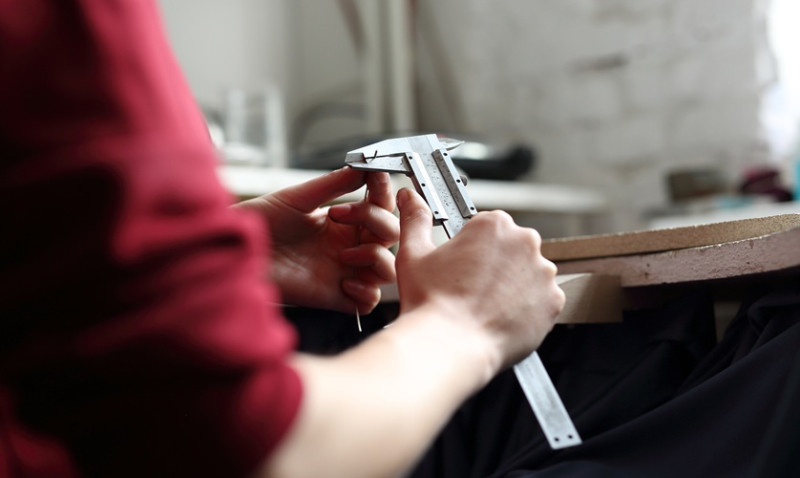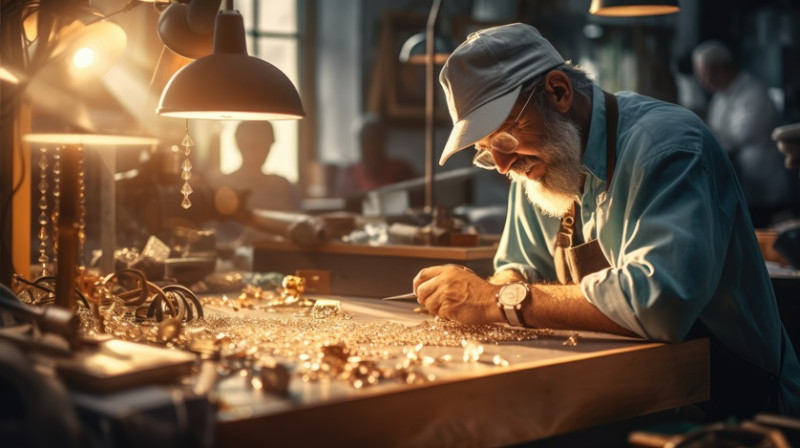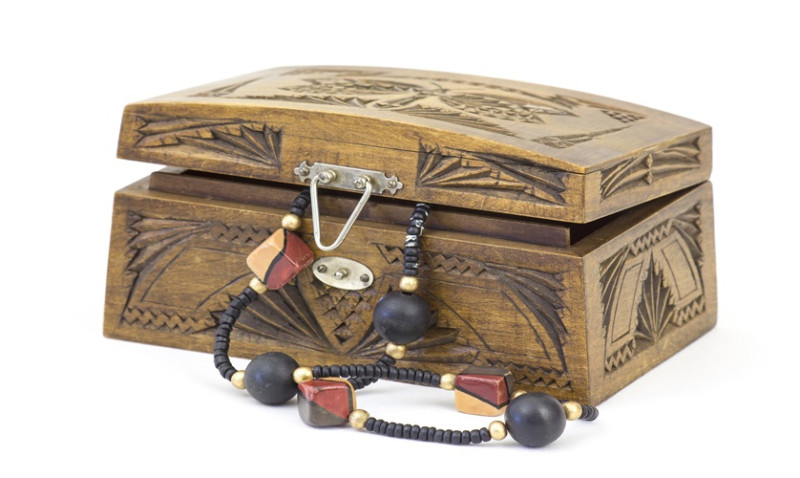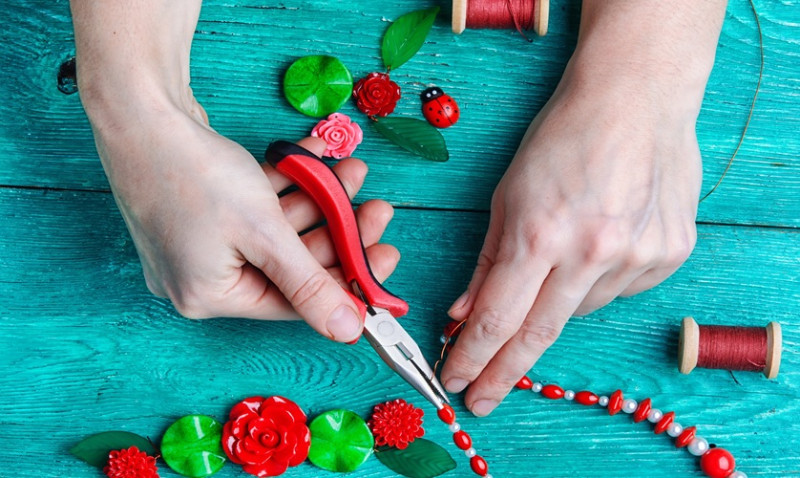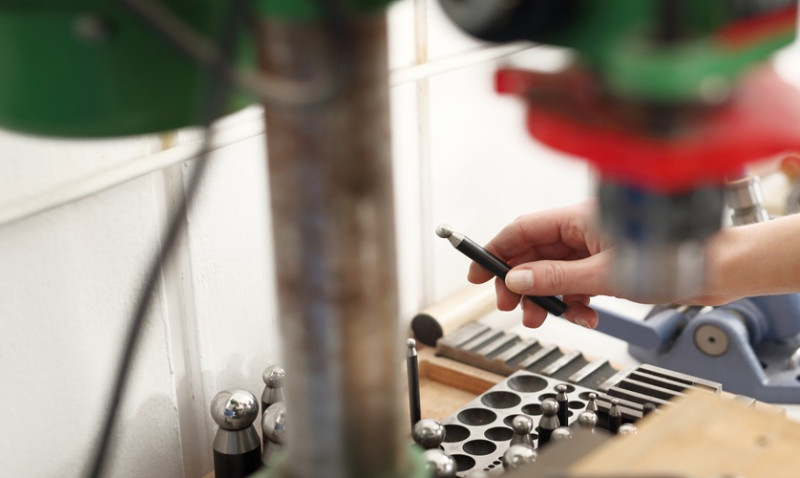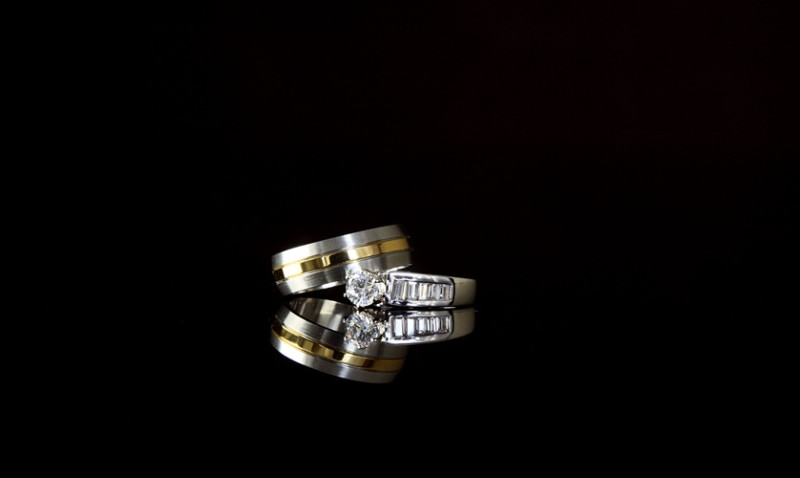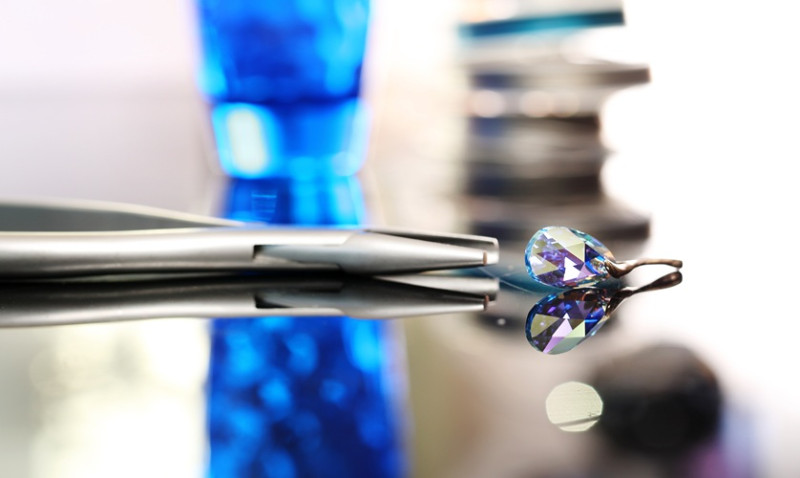
Brooches are experiencing a major style revival. Perfect for elevating coats, jackets, scarves or even home decor accents like throw pillows and drapery tiebacks, these statement-making pieces are beloved by designers, stylists, and DIY enthusiasts alike. But one thing many brooch-wearers struggle with? Keeping them secure and looking flawless all day and night.
If you've ever had a brooch shift, sag, or fall off altogether, you’re not alone. Whether you're pinning vintage heirloom pieces for a formal event or using brooches as inventive decor finishes, keeping your jewellery securely in place is essential. In this guide, we'll share professional styling hacks and insider tricks for keeping your brooch not just safe—but stunning.
1. Choose the Right Spot to Pin
One of the easiest ways to ensure brooch security is to pin it in a spot where the fabric can support its weight. Heavy brooches on sheer or stretchy fabrics are a recipe for sagging and eventual damage. For jackets, opt for heavier woven fabrics like wool or tweed. On blouses or soft knits, stick to lighter brooches to maintain structure.
Try pinning to seams or near structural features in the design like lapels, cuffs or pockets. Seams provide extra reinforcement, reducing the risk of tearing or sagging. For DIY home applications, pin to fabric that’s anchored—like curtain pleats or cushion piping.
Interior designers and craftspeople often use brooches in visual compositions on upholstery or soft furnishings. Here, placement around stitching lines or button tufts offers extra strength without compromising the aesthetic.
2. Reinforce With a Backing Disk
One of the most effective ways to reduce brooch drooping or tilting is to reinforce with a plastic or felt backing disk. These small, nearly-invisible additions are placed behind the fabric where the brooch pierces through. They help distribute weight and provide extra hold.
If you’re using brooches in costume design, in hospitality uniforms, or even for securing drapery tiebacks, felt disks are a game changer. Simply cut a small circle of stiff felt (or buy pre-made stabiliser disks) to match the brooch base. Place it behind the fabric and pin the brooch through both fabric and felt.
For added grip, consider sandwiching the fabric between felt and a second layer of backing like interfacing material or a small piece of leather. This creates a sturdy base that's subtle but highly effective.
3. Use Magnetic Brooch Converters
Worried about damaging delicate fabrics or vintage garments? Magnetic brooch converters are a clever solution. These dual-part systems replace traditional pins with strong magnets that hold your brooch in place without poking holes.
They’re ideal for silk blouses, fine knits and synthetic textiles used in interior upholstery that might not hold well under a pin. Simply glue or screw the magnetic converter onto the back of your brooch and apply the flat plate on the reverse side of the fabric—it'll stay in place firmly through the power of magnets.
Many young professionals and fashion-forward interior stylists use magnetic brooches to adorn headboards, lampshades and soft wall art—no holes necessary. For tradesmen fitting custom installations, magnetic brooches allow for flexibility in final positioning with no permanent fixings.
4. Lock It In With Safety Clutches or Rubber Stoppers
Modern brooch styles often come with locking pins, but if you’re working with vintage or handmade pieces, you might find that the clasps are looser or worn down. This is where safety clutches and rubber stoppers come in handy.
Safety clutches, often used in earring backs or hat pins, can also be applied to brooch fastenings to provide a tighter grip. Simply slide them onto the pin after attaching the brooch, securing the piece in place mechanically with a “lock and hold” action.
Rubber stoppers are another low-cost, DIY-friendly option. Available at most craft stores, these can be fastened from behind for lightweight brooches. Ideal for crafters or artists experimenting with wearable artwork or soft sculpture adornments.
These solutions are quick wins for anyone, from professionals on a film set to reflect your aesthetic to stylists outfitting a wedding party’s eveningwear.
5. Convert It To a Brooch Bar For Heavy Pieces
If you’re dealing with a substantial statement brooch—perhaps a heavy crystal design or upcycled industrial piece—one pin might not cut it. Instead of piercing with a single post, consider installing your brooch on a brooch bar. This longer pin base spans more fabric, distributing the weight much more effectively.
Brooch bars are available from most jeweller’s suppliers or online craft retailers. Simply glue or solder your decorative element onto the bar and pin it to the garment or textile piece using its multiple pinpoints. This method is perfect for conserving structure and fabric integrity when installing custom brooch collages on oversize drapes or upholstery.
Designers working in both fashion and interiors love this method for balancing artistic impact and practical support. It’s especially popular among UK-based stylists dealing with weather-resistant outerwear and dense woollens, where traditional brooch pins can struggle to hold firm.
6. Consider Stitching For Semi-Permanent Applications
In cases where the brooch will stay in place for a long period—such as in upholstery, display uniforms or theatrical costumes—discreet hand stitching can be your best bet. This will eliminate all risk of movement without sacrificing visual style.
Use a clear or colour-matched thread and stitch the edges of the brooch base directly to the fabric—taking care not to pierce decorative features. For extra security, double knot the thread and weave the tail ends neatly into the fabric backing. This technique is excellent for layered or woven interiors where stability is critical.
If you’re a designer working on vintage restorations or a tradesman retrofitting luxury soft-furnishing details, hidden stitching ensures stability through usage, handling, or even transport.
7. Finally, Store Brooches Properly When Not in Use
Proper storage is just as important as wear-time security. Avoid tossing brooches into jewellery boxes where pins can bend or get tangled. Instead, store them flat, ideally on a dedicated board or within foam-lined compartments.
For interior stylists or decorators storing brooches for seasonal installation or soft-display use, keeping them clipped to pinable cork boards helps preserve structure and saves time when reinstalling. Interior creators and set stylists in the UK often rotate brooches seasonally to update soft furnishings or costume aesthetics—a proper storage system helps manage this smoothly.
If you have antique or delicate items, wrap them in acid-free tissue paper and place them in small labelled containers. This prevents moisture damage and keeps gems secure. Keeping an inventory also helps reduce misplacement—a must for creative projects with multiple contributors.
Summary Table: Brooch Security Hacks At A Glance
| Hack | Best For | Benefit |
|---|---|---|
| Reinforcement Disks | Heavier brooches, soft fabrics | Prevents sagging, distributes weight |
| Magnetic Converters | Delicate or vintage fabrics | Secure without damage, flexible positioning |
| Safety Clutch / Rubber Screw Backs | All brooches, especially vintage | Extra attachment security |
| Brooch Bar Conversion | Heavy pieces, fashion installations | Weight control, added surface grip |
| Invisible Stitching | Semi-permanent decor / uniforms | Maximum hold without visible fixings |
| Flat Storage Solutions | All brooch collections | Preserve structure and sparkle when offline |
In Conclusion
Brooches aren't just fashionable—they're functional, expressive, and versatile across fashion and interiors. Whether you’re a hobbyist exploring new DIY decor, a young professional accessorising elegant outerwear, or a designer crafting signature silhouettes, these tips will keep your pieces perfectly in place.
Experiment with these methods to discover which ones work best for your materials, your style, and your budget. With a little prep and insider know-how, you’ll never have to worry about a rogue brooch again! After all, every detail—from wardrobe embellishment to upholstered statement piece—deserves to look effortlessly intentional.

